STANDARDS OF PRACTICE
The International Standards of Practice for inspecting the roof system is located at www.nachi.org/sop.
MASTERING ROOF INSPECTIONS
To learn about inspecting concrete tile roofs, please visit Mastering Roof Inspections.
What To Inspect
During an inspection of concrete tile, you should look for the following types of problems:
- installation, including:
- fastening;
- proper exposure; and
- flashing.
- broken, damaged and missing tiles;
- environmental problems, such as biological growth;
- manufacturing problems, such as spalling, voids and shrinkage cracks; and
- excessive weight.
Observation
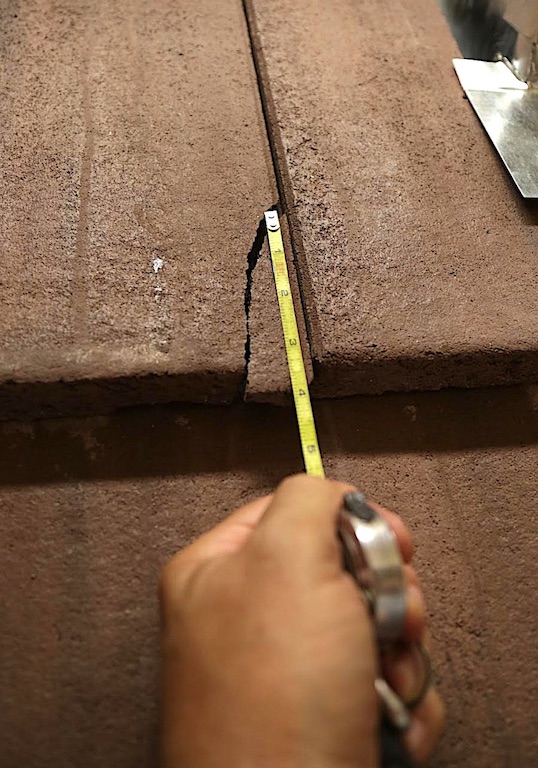
The concrete tile is cracked. A loose piece has separated. The concrete tile in this area is not reliable and is prone to roof leaks. Any separated cracks should be further evaluated and repaired by a qualified roofing professional.
Concrete tiles often have left and right interlocking edges. In order to create the interlocking section, the edges are cast thinner than the rest of the tile. Because they’re thinner, these sections are fragile and are likely to break first when the tile is stressed.
Observation
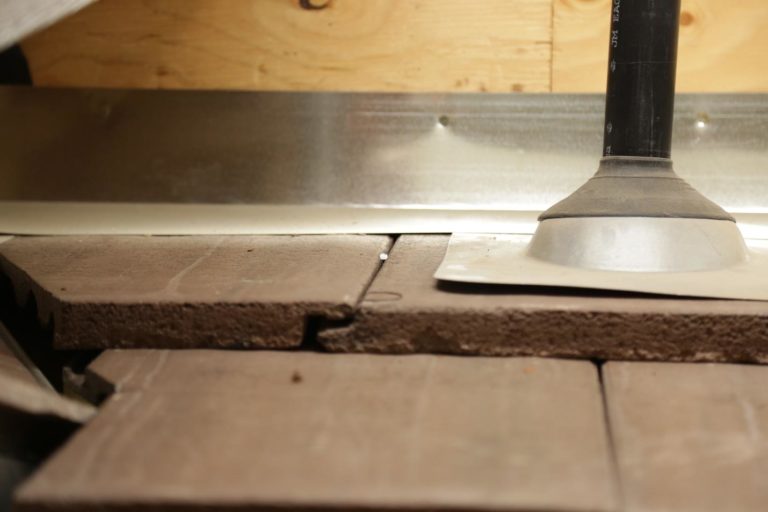
A fastener is wedged in the seam and should be removed.
The plumbing vent flashing is not sealed down and may lift in the wind. This is prone to moisture intrusion.
Flashing methods vary with the type of tile. Most important is that the flashing method used prevents moisture intrusion.
Observation
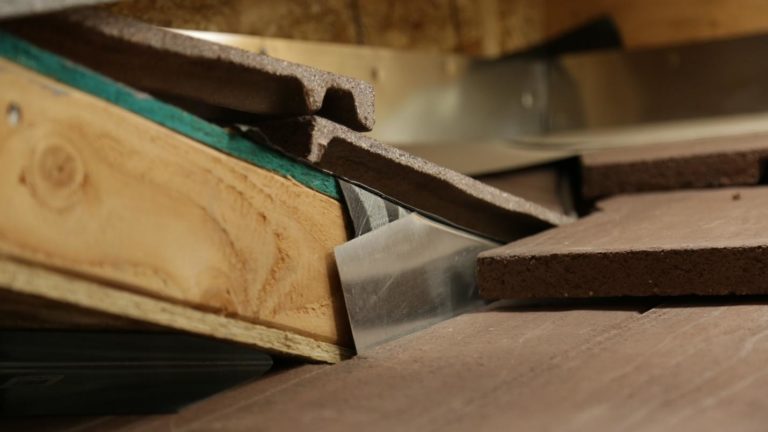
No channel flashing below the sidewall flashing to guide water to the gutter.
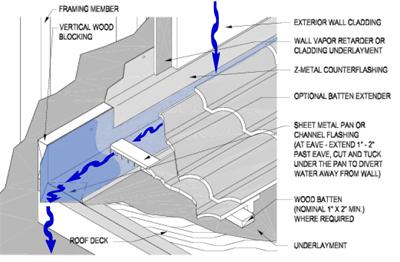
Observation
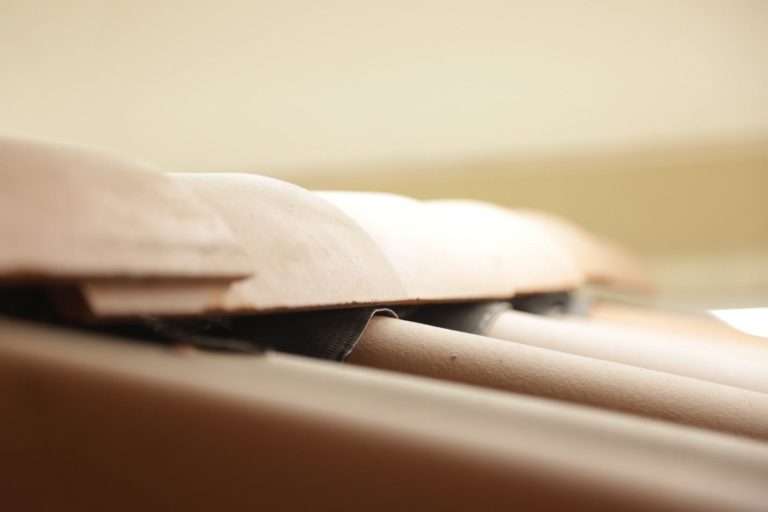
The ridge roof pieces are installed backwards. The roof tile pieces should be installed downward to divert rain water down the roof slope.
Observation
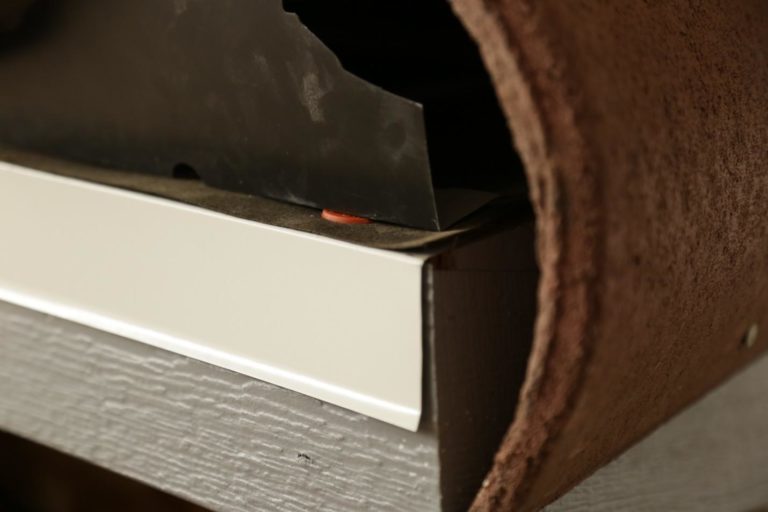
Openings at the end pieces should be filled with a bird stop or mortar material.
Observation
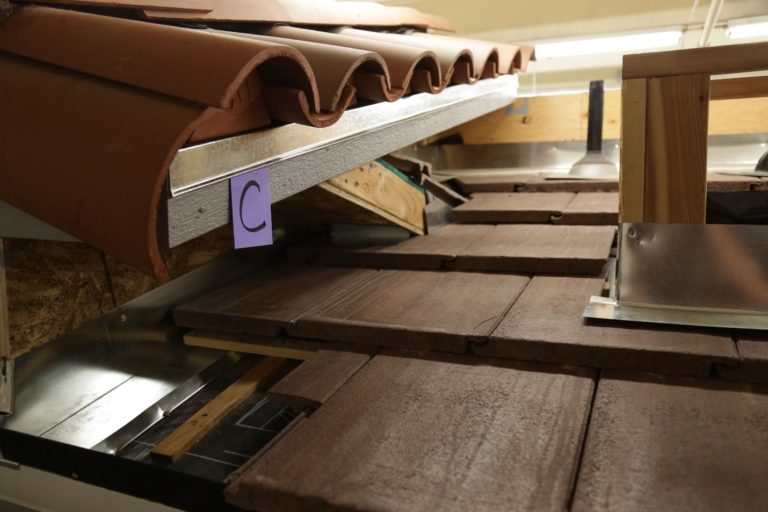
Headwall flashing at the dormer is incomplete.
